After-Hours Tour of the Fraunces Tavern Museum: "Path to Liberty"
Explore a new exhibit inside the oldest building in Manhattan, a witness to history throughout the Revolutionary War Era!


Parisian trainspotters have for years hoarded a special secret. It’s located next to the Metro Station Villiers in the 17th arrondissement, in a storage track that used to be a terminal loop for Metro Line 3 before it was extended. Inside, some very old trains lie dormant, their slumber undisturbed by regular visits by spray painters and photographers. Most of them are in an advanced state of decay.
Soon, this heritage will be gone, the trains will receive judgement: damned to dismantlement, or, for a select few deemed the most emblematic and unique, blessed with preservation. Take a tour with us today in this photo series taken over the course of two months from December 2014 to January 2015 of the abandoned trains, as well as a warehouse for restored metro cars.
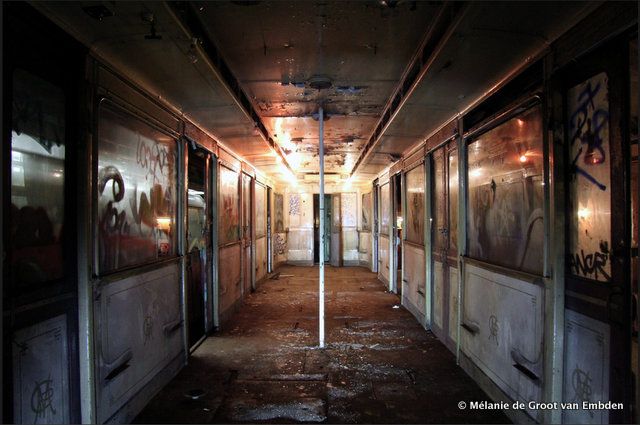
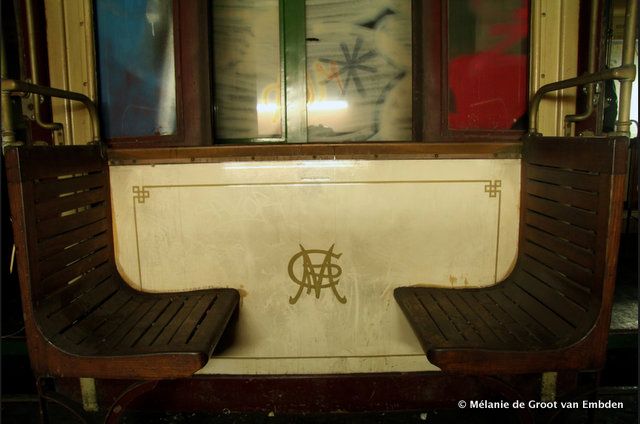
For more photos in the abandoned storage track, scroll down to bottom of this article
If New York throw its trains in the ocean as offerings to coral, Paris has another policy in terms of conservation. Jean Michel Leblanc has spent his entire career within the transportation agency RATP (short for Regie Autonome des Transport Parisiens), and since 2009, he has been responsible for its heritage. He decides which trains, buses and trams should be restored, kept or dismantled.
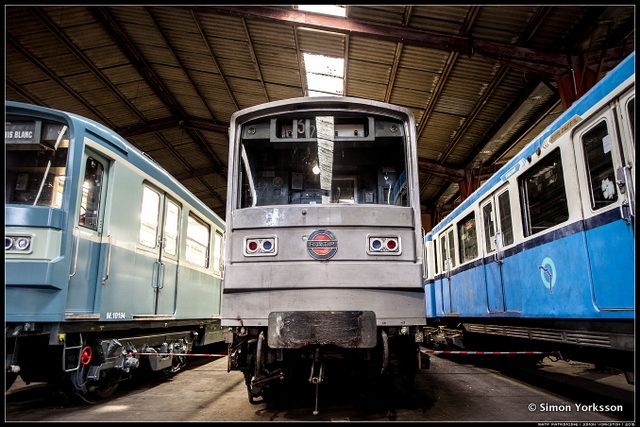
This prototype of the MF67 Métro Fer 1967 in stainless steel is one of a kind. Later models were modified and painted in blue, as seen in the photo.
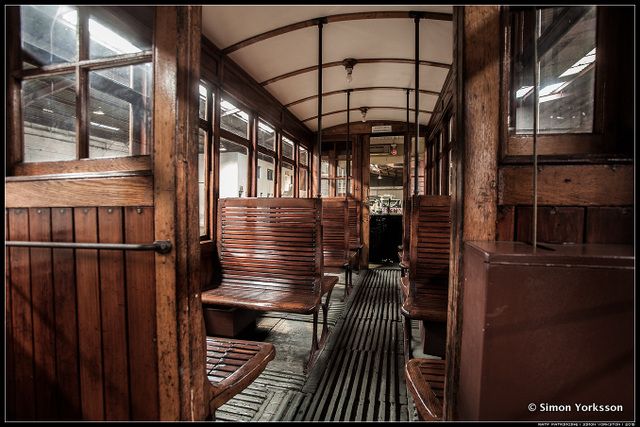
Wooden interior of a tram car. Paris’s tramways were entirely discontinued in 1937, until their reintroduction in 1992
He opened the doors of the very secret historical preservation warehouse, located in Villeneuve, an industrial hamlet just outside of Paris. Within its walls, over a century of history is preserved, a paradise for rail fans. Says LeBlanc, “There’ve always been people caring about the conservation of the trains, there is a real emotional relationship between our personal at the RATP and the trains, it’s part of our DNA.”
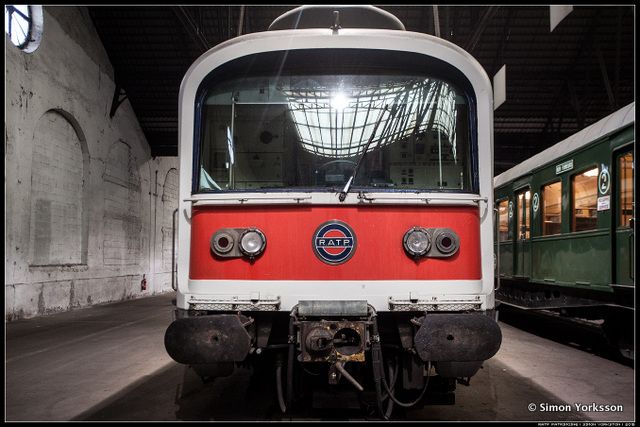
MF61. It replaced the “Z” in 1961.
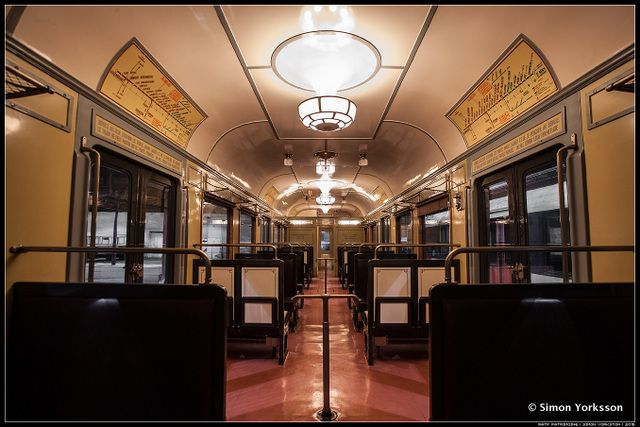
Interior of the MP51 Metro Pneu – 1951. This was the very first train with tires, conceived in 1951. It is also the first train with auto pilot and with folding seats.
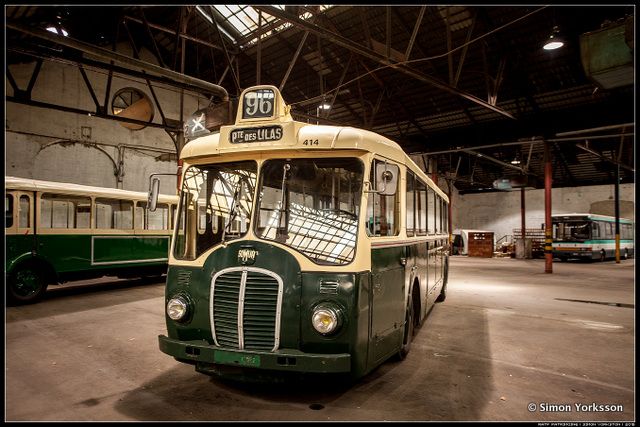
Post-war bus from the 50’s. The first buses had a cabin for the controller at the back of the bus
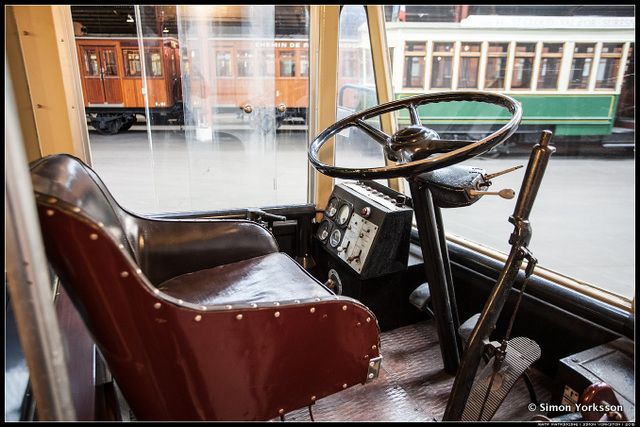
Trolley bus 166 – an electrical bus. The last trolley bus was in service until 1966.
The first heritage archive department in the RATP was created in the 1990s. At that time, there was a general awakening to the importance of industrial heritage. In 2012, the first vehicles rolled into Villeneuve. Over one hundred and fifty of the most emblematic vehicles are on ice, waiting for the Holy Grail: a National Museum of Transportation.
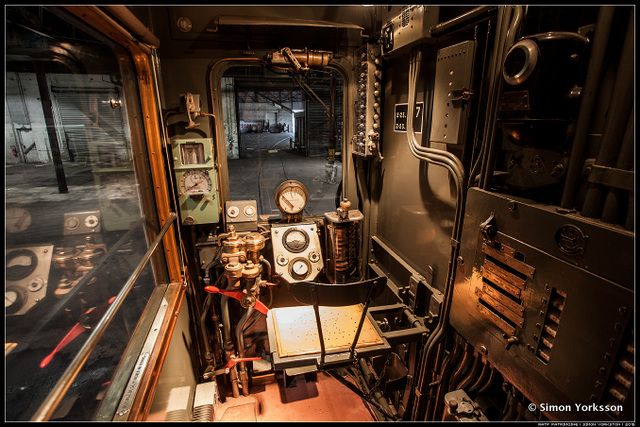
Interior of “Z” operating cab
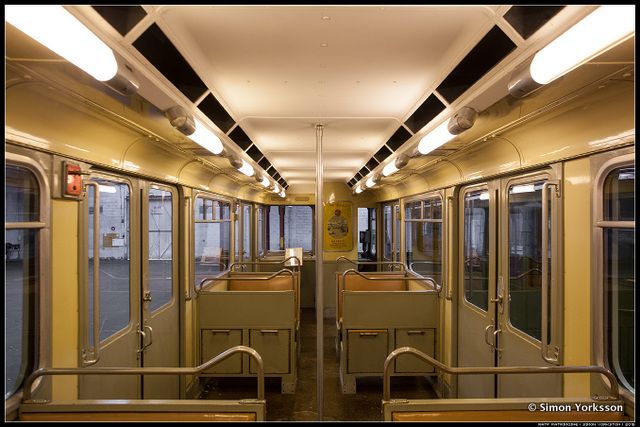
Interior of the MP51 (Metro Pneu – 1951 with Rubber Tires) . This was the very first train with tires, conceived in 1951. It is also the first train with auto pilot and with folding seats.
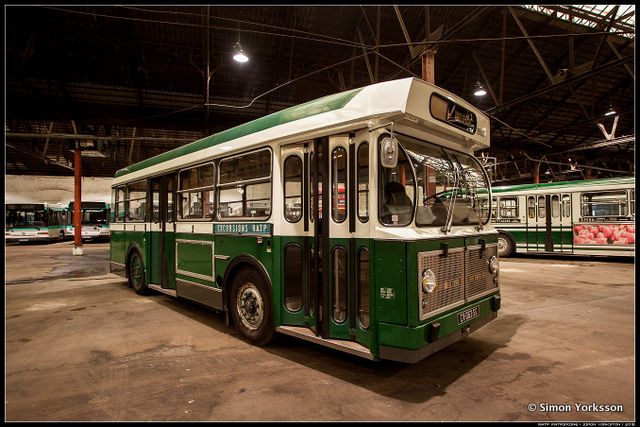
Bus SC10 Modèle Berliet 1965. This buses have been in use from 1965 to 2002, featuring a curved windshield and an exterior platform at the back.
While plans for such a national museum have circulated since 1957, today, only a select few are able to enjoy Paris’s hidden transportation treasures during special occasions, like this year’s Paris Face Cachée, an annual multi-day event that opens the doors to locations normally closed to the public.
More photographs from the abandoned storage track:
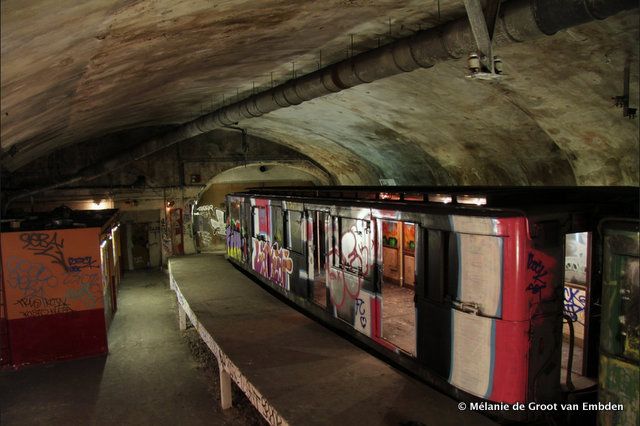
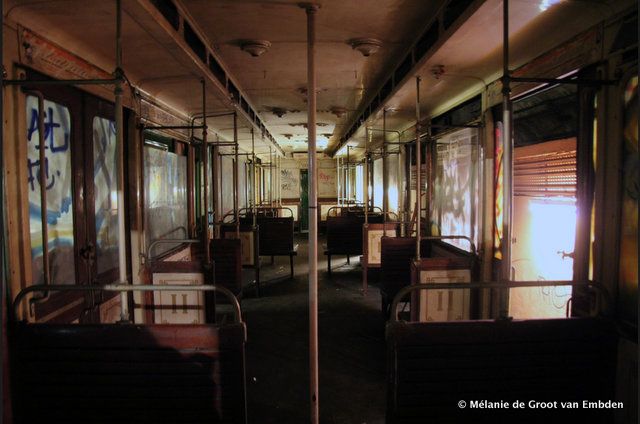
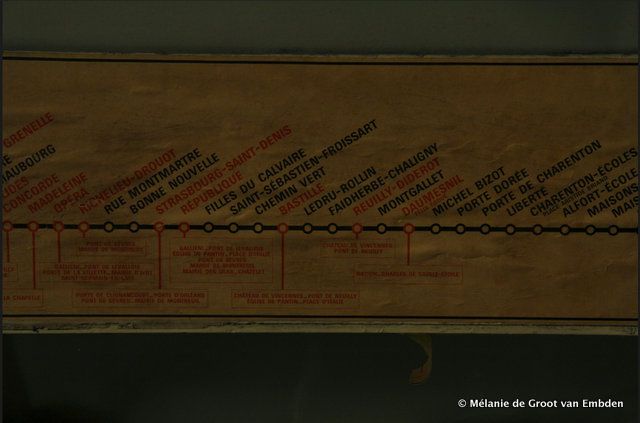
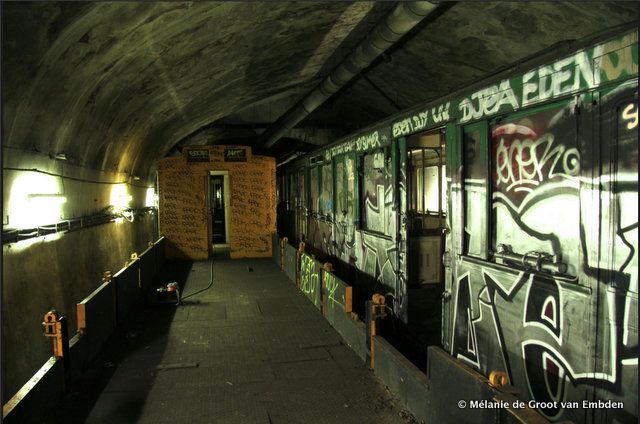
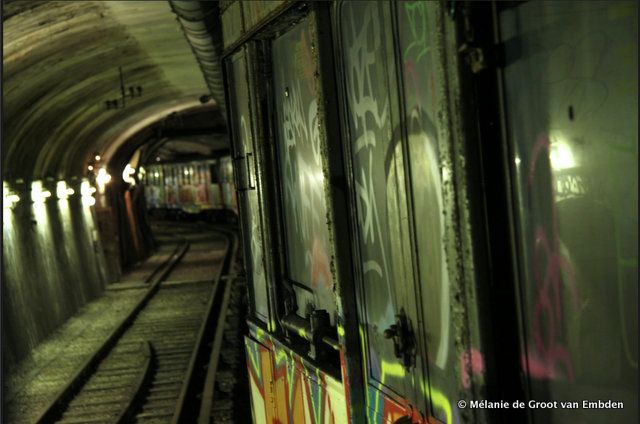
Subscribe to our newsletter